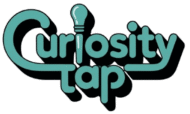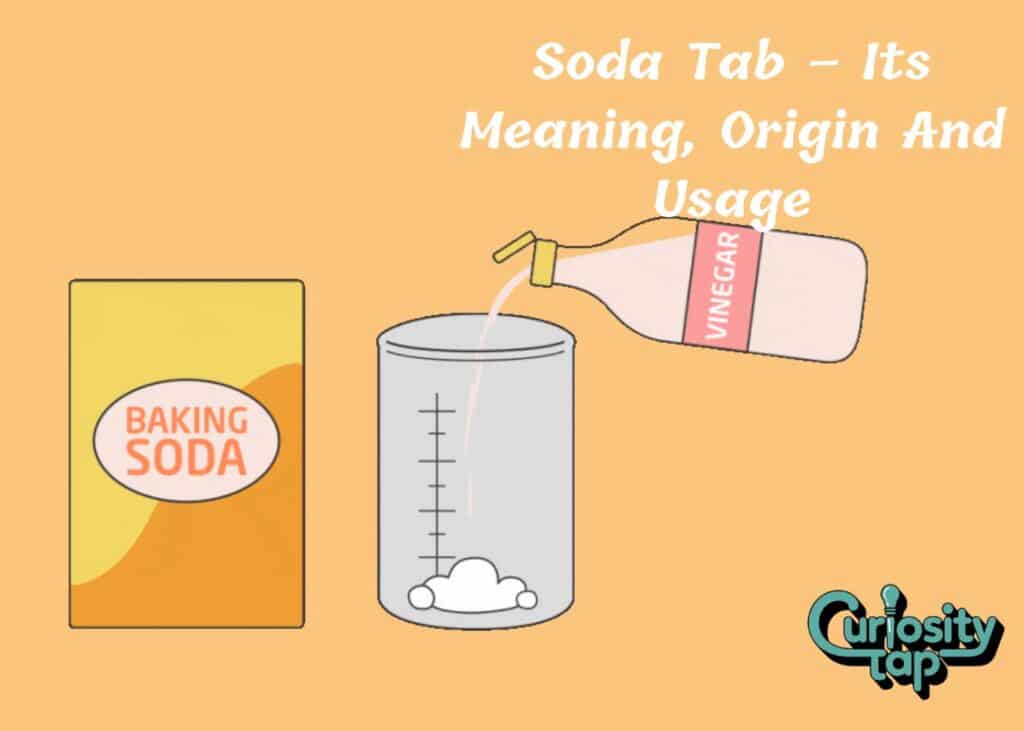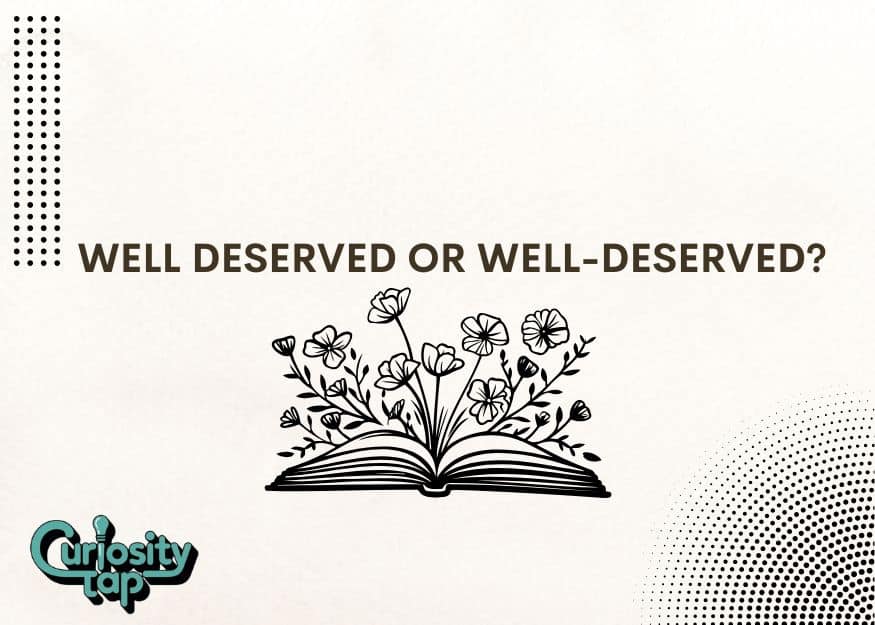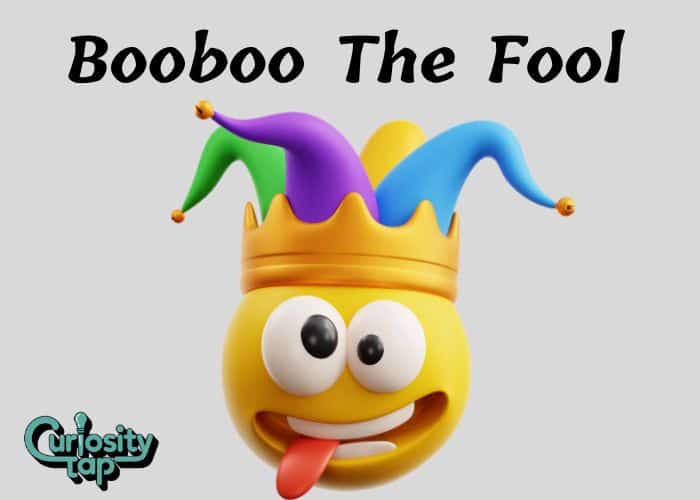Have you ever wondered why your teenage cousin Sarah keeps collecting soda tabs and giving them to her friends?
Or maybe you’ve stumbled across a mysterious TikTok trend where people are using these tiny aluminum pieces to communicate secret messages? You’re not alone in your curiosity.
What started as a simple pull tab mechanism on your favorite cola has evolved into something much more fascinating. In today’s digital world, where emojis and texts dominate our conversations, young people have discovered a surprisingly analog way to express their feelings – through soda tab meanings.
Whether you’re a parent trying to decode your teenager’s latest obsession, a curious social media user, or someone who simply loves understanding modern communication trends, this article will unlock the hidden world of soda tabs and their surprising cultural significance.
What Does Soda Tab Actually Mean?
The term “soda tab” has multiple meanings depending on the context, but at its core, it refers to the small aluminum mechanism used to open carbonated beverage cans.
However, in recent years, especially since 2021, soda tab meaning has expanded far beyond its original purpose.
In the traditional sense, a soda tab is simply the pull tab attached to the top of aluminum cans.
But in modern slang, particularly on platforms like TikTok, soda tabs have become a form of nonverbal communication – a way for young people to express romantic interest, friendship, or specific emotions without using words.
The can tab meanings vary based on the shape and condition of the tab, creating an entire symbolic language that flies under the radar of most adults.
This phenomenon represents how Gen Z has transformed everyday objects into tools for subtle communication.
The Hidden Language of Soda Tab Shapes
Understanding soda tabs meaning requires knowing the different types and what each represents. Here’s the breakdown that became popular through social media:
Rainbow Tab
• Meaning: Shows romantic interest
• Usage: Given to someone you have a crush on
• Context: Most coveted type among teenagers
Heart-Shaped Tab
• Meaning: Expresses love or deep affection
• Usage: Reserved for serious romantic relationships
• Context: Often bent or shaped intentionally
Half-Circle Tab
• Meaning: Indicates friendship or platonic feelings
• Usage: Safe option for expressing care without romantic implications
• Context: Most commonly found on standard cans
Broken Tab
• Meaning: Represents a desire for a hug
• Usage: Given when someone needs comfort
• Context: Often seen as the “quiet way to ask for support”
Intact Tab
• Meaning: General positive feelings or appreciation
• Usage: Versatile option for various situations
• Context: Entry-level soda tab communication
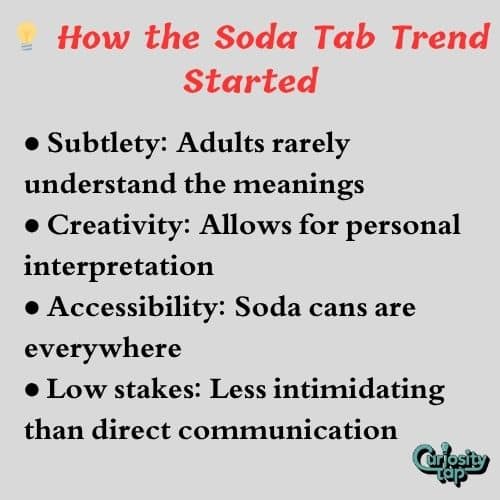
Also Read: 4PF – Its Meaning, Origin And Usage
How the Soda Tab Trend Started
The origins of soda tab communication trace back to a TikTok user named @isopropyl_alcoh0l who posted about this phenomenon in 2021.
The video quickly went viral, introducing millions of users to this unique form of symbolic flirting.
Before TikTok, pop tab meanings existed in smaller communities, but the social media platform amplified this trend globally.
Young people embraced it as a way to communicate feelings without the pressure of direct verbal communication.
The trend gained momentum because it offered several advantages:
• Subtlety: Adults rarely understand the meanings
• Creativity: Allows for personal interpretation
• Accessibility: Soda cans are everywhere
• Low stakes: Less intimidating than direct communication
Real-World Examples of Soda Tab Communication
Understanding how soda tab meanings work in practice helps clarify this modern phenomenon.
Here are some real-world scenarios:
Example 1: The School Cafeteria Emma collected a rainbow tab from her lunch drink and quietly placed it on Jake’s desk during chemistry class. Jake understood the message and responded by giving her a heart-shaped tab the next day.
Example 2: The Friend Group When Marcus was having a tough day after failing his driving test, his friend Ashley gave him a broken tab. He immediately understood she was offering emotional support without making him feel embarrassed.
Example 3: The Workplace Even some young adults use soda tabs in work environments. Jennifer left an intact tab on her coworker David’s desk as a subtle way to show appreciation for his help on a project.
Beyond Romance: Other Soda Tab Uses
While pop tab meanings often focus on romantic communication, soda tabs serve other purposes in modern culture:
Charitable Fundraising
• Ronald McDonald House and similar organizations collect tabs for recycling
• Schools often run soda tab fundraising programs
• Environmental groups use collection as awareness campaigns
DIY Crafts and Jewelry
• Soda tab jewelry has become a popular craft project
• Artists create intricate designs using collected tabs
• Fashion-forward individuals incorporate tabs into accessories
Vintage Collection
• Vintage pull tabs from the 1960s-70s are collectible items
• Some tabs are worth significant money to collectors
• Historical value represents beverage industry evolution
Alternative Names for Soda Tabs
The term “soda tab” isn’t universal. Different regions and communities use various names:
• Pull tab (most common alternative)
• Pop tab (popular in Midwest regions)
• Can tab (straightforward descriptor)
• Ring pull (UK terminology)
• Fizz latch (creative slang)
• Metal hook (descriptive term)
• Drink latch (functional name)
What Parents Should Know
If you’ve discovered your teenager collecting soda tabs, here’s what you should understand:
The Good News:
• It’s generally harmless communication
• Encourages creativity and subtlety
• Builds social connections
• Relatively innocent compared to other trends
What to Watch For:
• Excessive focus on romantic aspects
• Pressure to participate in trends
• Misunderstanding of messages
• Potential for miscommunication
Expert Advice: Open communication works better than banning the practice. Ask your teenager about their interests and show genuine curiosity about their social world.
Also Read: Kick Rocks Meaning, Origin & How To Use It Correctly
Bonus Tip: The Psychology Behind Soda Tab Communication
Here’s something most people don’t realize: soda tab meanings represent a fascinating psychological phenomenon called displaced communication.
When direct verbal communication feels too risky or vulnerable, people often turn to symbolic methods.
This trend particularly appeals to teenagers because:
• It provides emotional distance while maintaining connection
• Allows for plausible deniability if feelings aren’t reciprocated
• Creates shared knowledge within peer groups
• Offers creative expression in a standardized world
Understanding this psychology helps explain why the trend resonated so strongly with young people navigating complex social relationships.
Practical Guidelines for Soda Tab Communication
If you’re interested in understanding or participating in soda tab culture, here are some practical suggestions:
Do:
• Learn the basic meanings before participating
• Respect the symbolic nature of the communication
• Use it as a supplement to, not replacement for, direct communication
• Be prepared for misunderstandings
Don’t:
• Assume everyone knows the meanings
• Use it for serious relationship conversations
• Pressure others to participate
• Ignore cultural context and appropriateness
Remember: Like any form of communication, soda tabs work best when both parties understand the system and consent to participate.
The Future of Soda Tab Communication
As with many social media trends, soda tab meanings may evolve or fade over time.
However, the underlying human need for creative, subtle communication methods ensures that similar trends will continue emerging.
The phenomenon demonstrates how Gen Z adapts everyday objects for social purposes, creating meaning in unexpected places.
Whether soda tabs remain popular or not, they’ve already secured their place in the history of digital-age communication evolution.
Frequently Asked Questions
What is the most common soda tab meaning?
The rainbow tab is the most recognized symbol, typically representing romantic interest or a crush. Among young people, receiving a rainbow tab is considered the clearest sign that someone likes you romantically.
Are soda tab meanings the same everywhere?
Soda tab meanings can vary between communities and regions, though the basic rainbow tab (romantic interest) and broken tab (need for comfort) are fairly universal. It’s always best to confirm meanings within your specific social group.
How do I know if someone is using soda tabs to communicate with me?
If someone frequently gives you specific types of soda tabs or seems intentional about the shape or condition of tabs they share, they might be using this form of communication. The key is the deliberate nature of the gesture rather than casual sharing.
Should adults worry about the soda tab trend?
The soda tab trend is generally harmless and represents creative teenage communication. Parents should stay informed about their children’s social activities but avoid overreacting to this particular trend, which focuses more on subtle expression than risky behavior.
Conclusion
In a world where digital screens dominate our conversations, it’s remarkable how something as simple as a soda tab can spark such meaningful human connection.
This tiny piece of aluminum has transcended its humble origins to become a symbol of creativity, subtlety, and the endless human desire to communicate in new ways.
Whether you’re a curious parent decoding your teenager’s latest fascination, a young person discovering this unique language, or simply someone who appreciates the beautiful complexity of modern communication, the soda tab phenomenon reminds us that meaningful connections can emerge from the most unexpected places.
As we continue navigating our increasingly digital world, perhaps we can all learn something from this analog approach to expressing what matters most – that sometimes the smallest gestures carry the biggest messages, and that human creativity will always find a way to turn the ordinary into something extraordinary.
Call to Action
Want to sharpen your English and write successfully every time?
Check out our Grammar Checker Tool and never second-guess your spelling again!
Read our guide on Common English Misspellings to boost your skills even further.
Read more knowledgeable blogs on Curiosity Tap
Is this article helpful?

Jackson Pearson is a passionate educator and language enthusiast behind the blog Jackson Pearson. With years of experience in teaching and writing, he specializes in simplifying complex grammar rules, breaking down tricky vocabulary, and crafting learning guides that are both engaging and practical. His mission is to help readers boost their English skills whether they’re beginners or brushing up for fluency. Through every article, Jackson brings clarity, structure, and a spark of curiosity to the world of English learning.
